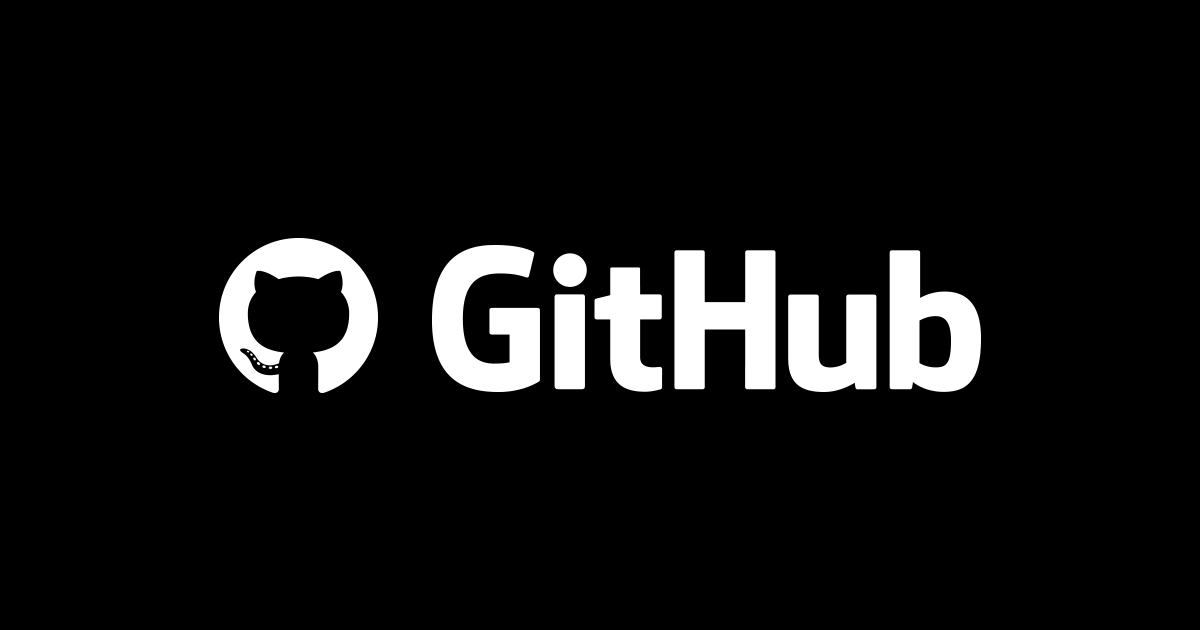
Pitfalls of Serverless Framework with GitHub Actions
この記事は公開されてから1年以上経過しています。情報が古い可能性がありますので、ご注意ください。
Since its inception; GitHub Actions is becoming the de-facto platform to automate developer workflows.
I feel it's not just a CI/CD tool, but instead a platform for many kinds of workflows.
This article talks about, two subtle issues which can spoil your fun with GitHub Actions.
Prequesites
- Understanding of GitHub Actions terminologies and concept.
- Experience with creating CI/CD workflow using the serverless framework in GitHub Actions.
About the Workflow or Pipeline
- Whenever a user pushes to the main branch (on their GitHub repository), it will trigger an event for an action, which result in automatic deployment of a lambda function using serverless framework.
Issues
Serverless GitHub-action fails with sub-directories.
- Serverless github-action, works perfectly well, if serverless.yml file is present in the root of the project structure.
-
As the app grows and mature, it's in the best interest ( Best practices too) for a developer to split serverless app and microservices into separate directories.
-
Using this Github action with sub-directories, will result in the error where the action is unable to deploy lambda as it couldn't find serverless.yml with the correct path.
Solution:- DROP this GitHub action and GO FOR MANUAL APPROACH.
name: For Production on: push: branches: [main] jobs: build: runs-on: ubuntu-latest strategy: matrix: node-version: [16.x] # See supported Node.js release schedule at https://nodejs.org/en/about/releases/ steps: - uses: actions/checkout@v2 - name: Use Node.js ${{ matrix.node-version }} uses: actions/setup-node@v2 with: node-version: ${{ matrix.node-version }} cache: 'npm' cache-dependency-path: ./backend-operations/package-lock.json - name: Create env file run: | touch ./backend-operations/.env echo JWKS_URI=${{secrets.JWKS_URI}} >> ./backend-operations/.env echo AUDIENCE=${{ secrets.AUDIENCE }} >> ./backend-operations/.env echo TOKEN_ISSUER=${{ secrets.TOKEN_ISSUER }} >> ./backend-operations/.env - run: npm ci working-directory: ./backend-operations - run: npm run build --if-present working-directory: ./backend-operations - run: npm test working-directory: ./backend-operations - name: Install Serverless Framework run: npm install -g serverless - name: Serverless Authentication run: sls config credentials --provider aws --key ${{secrets.AWS_ACCESS_KEY_ID}} --secret ${{secrets.AWS_SECRET_ACCESS_KEY}} - name: Deploy to AWS run: serverless deploy --verbose working-directory: './backend-operations' - name: Upload coverage to Codecov uses: codecov/codecov-action@v1
org in serverless.yml results in Login Error.
- serverless framework template generate a serverless.yml which has org property.
- Even after adding AWS credentials, org in serverless.yml results in:-
You are not currently logged in. Follow instructions in http://slss.io/run-in-cicd to setup env vars for authentication
- The issue is Serverless Framework tries to log you into your Serverless Pro account when you have a Serverless organization specified in your serverless.yml.
-
If the org is specified but you have not logged in to Serverless, you will get this error.
Solution:- Either comment out or remove the org.
service: node-serverless-api app: node-serverless-api frameworkVersion: '2' provider: name: aws runtime: nodejs12.x lambdaHashingVersion: 20201221 region: ap-southeast-1 iam: role: statements: - Effect: Allow Action: - dynamodb:DescribeTable - dynamodb:Query - dynamodb:Scan - dynamodb:GetItem - dynamodb:PutItem - dynamodb:UpdateItem - dynamodb:DeleteItem Resource: arn:aws:dynamodb:ap-southeast-1:*:* resources: Resources: Table: Type: 'AWS::DynamoDB::Table' Properties: AttributeDefinitions: - AttributeName: userId AttributeType: S - AttributeName: originalUrl AttributeType: S KeySchema: - AttributeName: userId KeyType: HASH - AttributeName: originalUrl KeyType: RANGE ProvisionedThroughput: ReadCapacityUnits: 1 WriteCapacityUnits: 1 TableName: 'table_name' functions: customAuthorizer: handler: authorizer/authorizer.auth hello: handler: serverless.handler events: - http: path: / method: ANY - http: path: /{proxy+} method: ANY - http: path: /auth-ops method: ANY authorizer: customAuthorizer cors: true - http: path: /auth-ops/{proxy+} method: ANY authorizer: customAuthorizer cors: true
Sum-up
In this article, we saw that there are always some advantages and disadvantages of a new tool, technology, even GitHub actions too. After all, somebody rightly said, the technology of tomorrow is the result of today's bugs.
Till then, Happy Learning!










